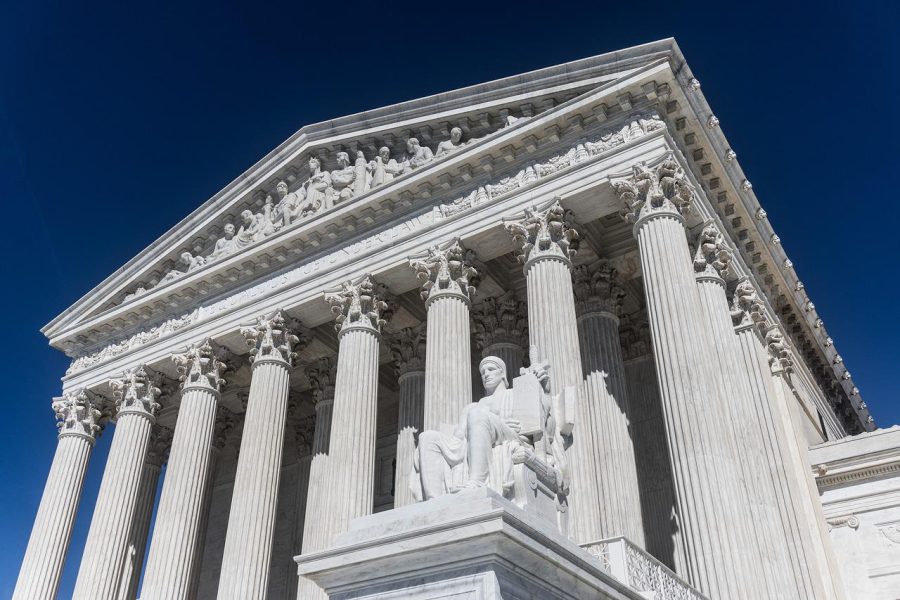Roe v. Wade Opinion Draft
Will the Supreme Court Overturn Roe v. Wade?
May 6, 2022
The Overview
On Monday, May 2nd, the news website Politico published the first draft of the Roe v. Wade opinion, written by Justice Samuel Alito on February 10th of this year. The first ruling of Roe v. Wade in January of 1973 the decision was made to legalize abortion nationwide, making it a constitutional right. Now, the Supreme Court is leaning towards the majority of being in favor of overturning the law.
How It Could Play Out In Some States
If Roe v. Wade is overturned, states will have the option to create their own regulations regarding abortion; and many people are speculating that multiple republican states will ban it entirely. Many states also have “trigger laws” in effect, meaning that when or if the Supreme Court overturns Roe v. Wade laws will immediately be put into place to have more strict regulations regarding abortion. Multiple states such as Texas, Georgia, Iowa, Kentucky, South Carolina, Mississippi, Ohio, South Dakota, and Tennessee already have bans on abortion past 6 weeks of pregnancy, or around the time when a heartbeat can be detected via ultrasound.
Some Statistics to Consider
About 25% of people who are able to get pregnant will have at least one abortion in their lifetime, usually around ages 15 to 44. About 60% of people who get abortions already have children, and about half already have more than one child. According to the Guttmacher Institute, about 49% of people who receive abortions live below the poverty line, meaning they have an annual income of less than $15,730 for a family of two.
Following the publication of the draft, many people have gathered in Washington DC to protest the Supreme Court’s decision. Other states have also had protests following the news on Monday and Tuesday. People who are pro-choice often argue that even if abortion becomes illegal, it won’t cause abortions to stop. If such regulations are put into place many people will turn to unsafe methods of terminating a pregnancy. Following Texas’ ban of abortions, they saw a 10% decrease in safe abortions. This does not mean people were not getting abortions, it just means they were doing so illegally and in unsafe ways. The U.S. will see an estimated 14% drop in safe abortions nationwide upon the overturning of Roe v. Wade, putting many people at risk of harm if they choose to illegally have an abortion.
Worldwide, about 42 million abortions are preformed and about half are unsafe. 68,000 people die from unsafe abortions annually and about 5 million will have lasting negative effects as a result of these procedures. Out of the unsafe abortions worldwide, 1.5 million are performed in the U.S. and around 5,000 of these people die during or as a result of it.
Sources:
https://www.guttmacher.org/fact-sheet/induced-abortion-united-states
https://www.guttmacher.org/united-states/abortion/demographics
https://www.ncbi.nlm.nih.gov/pmc/articles/PMC2709326/
https://www.nytimes.com/live/2022/05/03/us/roe-wade-abortion-supreme-court
https://www.nbcnews.com/health/health-news/abortion-u-s-five-key-facts-n889111











